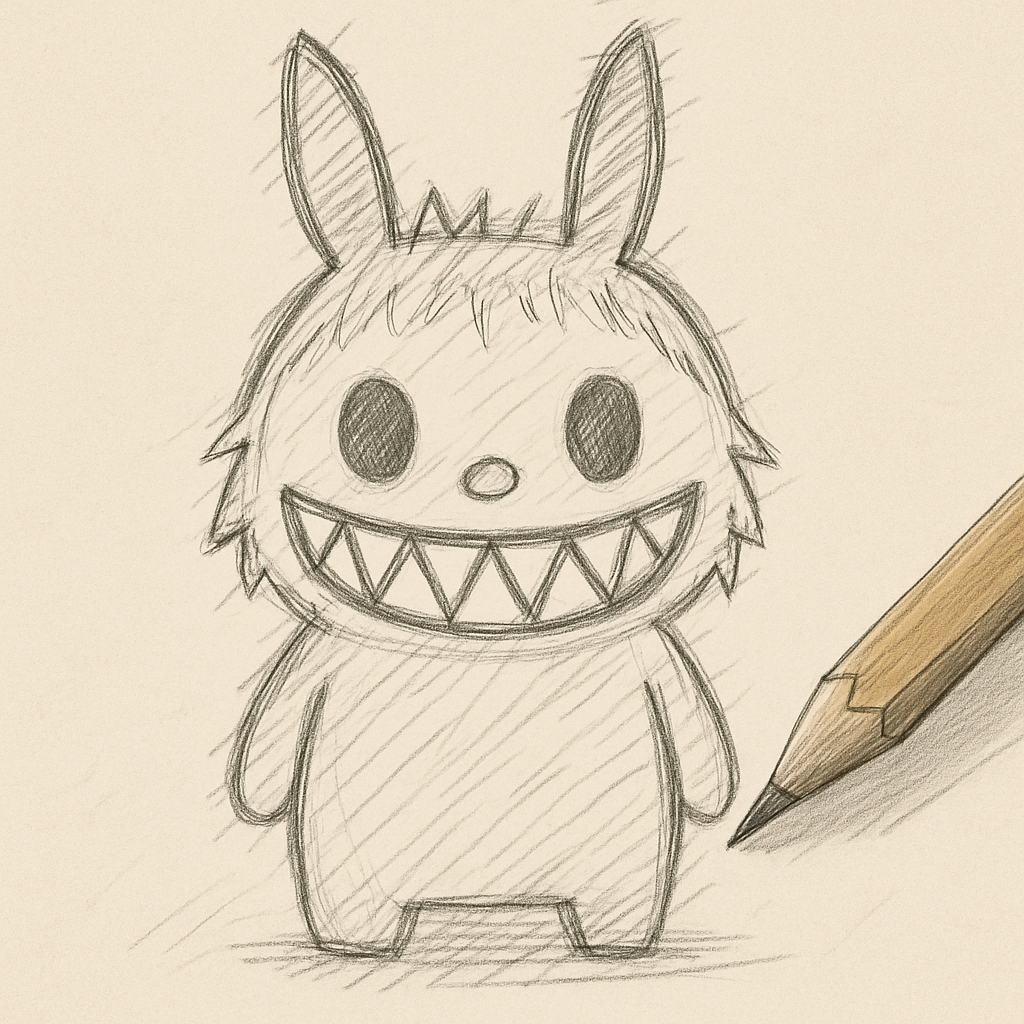
The Labubu Playbook: Turning Oddities into Obsessions
Walk down any street in Hong Kong or spend a few minutes on TikTok and you will encounter that plush-faced, rabbit-toothed creature that has become one of the most recognizable icons in Asia’s pop-culture zeitgeist. Labubu, created by Kasing Lung for the The Monsters series from POP MART, has transcended toy status to become a cultural and commercial phenomenon. This is not just about vinyl figures. It is about how consumer desire transforms when mystery, narrative, and cultural timing converge. Labubu shows that even in a marketplace flooded with content and commerce, intentional storytelling and strategic scarcity can elevate something obscure into global relevance.
1. Cultivate Mystery and Controlled Scarcity
When POP MART launched Labubu through blind-box releases, they were not merely selling toys. They were selling suspense. The unpredictability of which variation a customer would receive, with some editions rarer than others, ignited a collectibles economy on secondary markets.
Scarcity itself is not groundbreaking. The insight is in designing scarcity as participation rather than frustration. Labubu was not entirely sealed off. Instead, supply drops were carefully timed to build anticipation and a sense of hunt. For brands, scarcity should feel like an invitation to an exclusive experience, not a gate-rising barrier. Think limited-edition collabs, timed drops, or seasonal products that foster insiders’ excitement.
2. Lead with Emotional Oddity
Labubu defies conventional notions of “cute.” Its uneven teeth and mischievous grin are oddly captivating. It stands out against the polished mascots dominating the toy world. That quirkiness is its emotional core.
Consumers increasingly respond to characters and brands that feel authentic, imperfect, and memorable. Labubu’s idiosyncrasy taps into a joyful rebellion against over-manufactured perfection. This teaches us that embracing oddity, vulnerability, or unconventional traits can forge deeper emotional connections.
Research supports the power of emotion in advertising. A Nielsen study found that advertisements evoking above-average emotional responses delivered a 23 percent increase in sales volume compared to average ads. Source: Nielsen, “The Science of Emotions in Advertising,” 2022.
3. Grow Community Before Chasing Mass Reach
POP MART did not catapult Labubu through Super Bowl–scale advertising or celebrity endorsements. Instead, they nurtured an initial base of collectors and toy enthusiasts who shared unboxing videos, traded figures online, and developed inside jokes. Labubu fandom grew organically from the ground up.
This demonstrates the value of community incubation. It may be tempting for brands to chase immediate mass awareness, but building a dedicated early audience creates authentic momentum. Micro-communities become brand advocates and word-of-mouth engines. For any new product or narrative, ask: which niche groups will amplify us before the wider world catches on?
4. Evolve a Character into Cultural Symbol
Labubu did not remain confined to plastic. It expanded into apparel, accessories, and high-profile collaborations. When Prada featured Labubu in a collection in China, it validated what fans already believed—that Labubu is more than a toy; it is culture in motion.
The shift from product to symbol is what marketers dream of. When a visual motif or character becomes shorthand for a feeling or mindset, it enters brand mythology. Smart collaborations deepen that meaning intentionally. Choose partners that add narrative layers, not just distribution.
5. Design Experiences That Feel Like Play
At its core, Labubu’s appeal is playful. Collecting, unboxing, and hunting rare versions turns consumption into a game. The journey of acquisition becomes as meaningful as ownership—or even more so.
For brands, this emphasizes the value of play-driven experiences in marketing. Whether that’s gamified loyalty programs, interactive digital try-ons, or user-generated campaigns, turning consumers into active participants heightens engagement.
Research from Accenture shows immersive experiences increase consumer likelihood to buy. Specifically, 61 percent of consumers said they would be more likely to purchase from a brand that uses immersive experiences such as AR, VR, or 3D content. Source: Marketing Dive, “With real-world experiences scarce, consumers warm to immersive tech: Accenture study,” 2020.
6. Align with Generational Cultural Timing
Labubu’s ascent coincided with Gen Z’s appetite for quirky, niche, fandom-driven icons. This generation values inside references, collectible culture, and playful oddness over sanitized branding.
Timing matters. When a product aligns with broader cultural currents—nostalgia, counter-mainstream humor, aesthetic rebellion—it accelerates adoption. Understanding generational values and fandom dynamics can transform a product into a movement.
Brand Strategy Playbook Inspired by Labubu
| Strategic Lesson | Brand Action |
| Design scarcity as participation | Launch limited drops that feel like exclusive invites, not frustrating locks |
| Embrace meaningful oddity | Infuse character and imperfect charm instead of over-polishing |
| Seed early community | Prioritize micro-loyalty before mass awareness |
| Expand through cultural relevance | Collaborate to deepen narrative meaning, not just visibility |
| Make engagement playful | Frame customer journeys as games—interactive, fun, inspiring |
| Tune into cultural timing | Align launches with generational and cultural mood cycles |
Labubu’s mischievous grin conceals a strategic blueprint. Its rise proves that in a saturated market, brands that combine design, narrative, community, and play can build not just products but cultural revolutions.